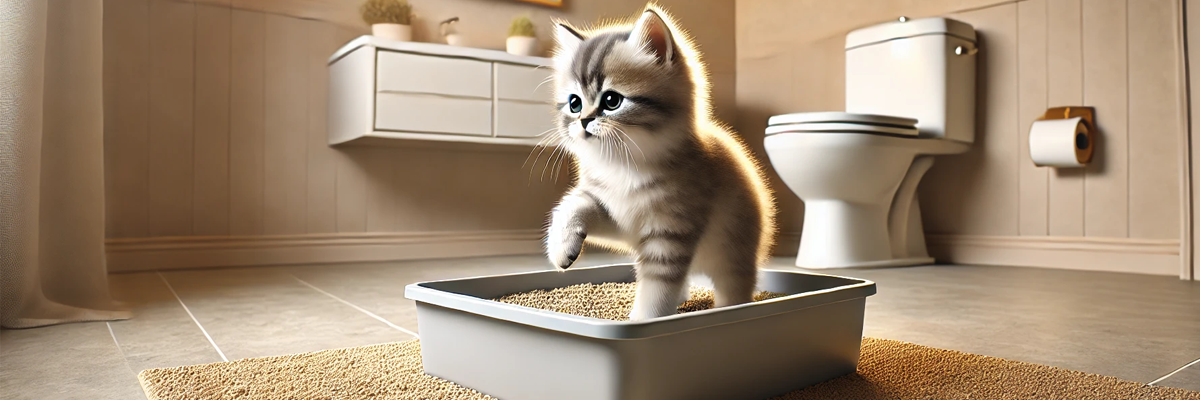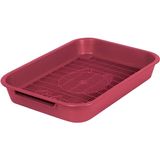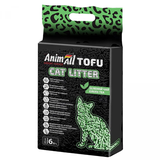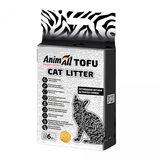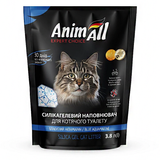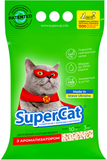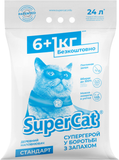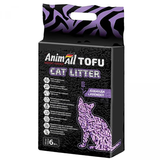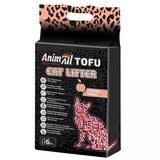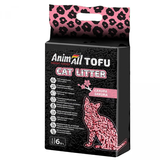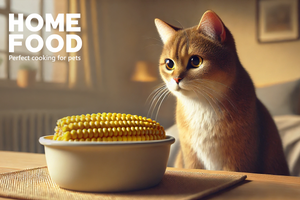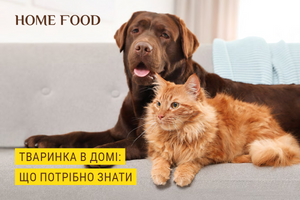Accustoming a kitten to a tray is a stage without which it is difficult to imagine the adaptation of a kitten in a new world for him. The right approach from the beginning helps to avoid unpleasant surprises in the house and ensures comfort for both the kitten and its owners. This is not only a matter of cleanliness, but also concern for the psychological comfort of the baby, because a cozy place for the animal's needs is a guarantee of peace and safety.
Can all kittens be trained?
Yes, almost all kittens can be trained to the tray, but patience is important. The age and health of the pet should be taken into account: small kittens and those who feel stressed may need more time. Exceptions may be kittens with medical problems or injuries that may make it difficult to use the litter box.
Peculiarities of habituation to the tray of cats of different breeds
Litter training of cats of different breeds can have its own nuances, although the basic principles remain the same. For example, large breeds such as Maine Coons or Siberian cats may require a more spacious tray to feel comfortable. Keep in mind that cats with long hair, such as Persians, can have problems with cleanliness, so it is advisable to choose trays with high sides for them.
Active and playful breeds, such as Siamese or Abyssinian cats, may be more inquisitive and inclined to play with the stuffing box. Both a quiet place and good stability of the tray are important.
Some breeds, such as sphynxes or oriental cats, are more sensitive to smells and cleanliness. Regular cleaning of the tray is especially important for them to avoid unwanted "surprises" in the house.
Thus, taking into account the specifics of your pet's breed, you will be able to create comfortable conditions for his toilet needs and accustom him to the tray faster.
Choosing a litter box for a kitten: which one to buy?
Today, the market offers many types of trays, and it is important not to get lost in this variety, but also to choose the tray that will suit your kitten.
Open:
Closed (toilet-house):
With high sides:
Automatic (self-cleaning):
Grilled:
Disposable:
Corner:
Consider the age, size and behavioral characteristics of the kitten. Open trays are good for initial training as the kitten can see what is going on around them. Closed trays are suitable for older and shy pets. High sides and automatic systems will facilitate the care of the tray, and corner models will save space in the house.
Choice of filler
The next step concerns the choice of filler. They can also be found today in a huge assortment:
- Mineral (clay). Made of natural clay, has a high absorption capacity. It is lumpy and not lumpy.
- Silica gel. It consists of silica gel granules, absorbs moisture and odors well. It has high efficiency and a long period of use.
- Wood. It is made from pressed wood sawdust. Ecological, often used for kittens and cats with sensitive skin. Pleasant woody smell.
- Cellulosic. Made from recycled paper or cellulose. Light and safe, well suited for cats with allergies.
- Corn. Natural filler from crushed corn cobs. Quickly absorbs moisture and eliminates odors, biodegradable.
- Soy. Made from processed soybeans. Environmentally friendly, easily disposed of, absorbs moisture well.
- Based on wheat. Natural and biodegradable, quickly absorbs moisture and odors. Suitable for cats with allergies.
- Bentonite. A type of mineral filler that clumps well when in contact with liquid, making cleaning easier. Perfectly retains odors.
You often have to choose by trial and error, but the only sure way is to choose what will be convenient for you and what the kitten will like.
Choosing a place for the tray
Choosing a suitable place for a cat litter box is also a very important point in successfully training a kitten to use the toilet. First of all, the tray should be in a quiet and secluded place, where the pet will not be disturbed. It is advisable to avoid passage areas where the cat may feel uncomfortable due to the constant movement of people or other animals.
It is also important to provide easy access to the tray: it should always be available, especially for small kittens who may not have time to run to it from far corners of the apartment. If you have multiple floors, it is recommended to place one tray on each floor. Also, don't place the litter box near places where the kitten eats or drinks, as cats prefer to separate these areas.
Step-by-step training
The strategy of accustoming a kitten to a tray has clear stages. Even if it does not come out immediately, just act, returning to the previous stages, and very soon the fluffy lump will understand what is required of it:
- Site preparation. Prepare the selected location by installing a tray with the appropriate filler. Make sure the tray is easily accessible and fairly secluded.
- First steps. Bring the kitten to the litter box after eating, sleeping or active play. Usually at this time they are looking for a place where they can go to the toilet. Carefully place him in the tray and gently run his paws over the filler to indicate that this is a digging spot.
- Observation and adjustment. If you notice that the kitten is sniffing the floor or "digging", move it to the tray. This will help associate the tray with the desired behavior.
- Don't forget to encourage success. If the kitten has successfully used the tray, be sure to praise it. It can be a verbal encouragement or a favor. Do not scold your furry friend for mistakes - this can cause him fear and a negative attitude towards the tray.
- Regularity and patience. Continue bringing the kitten to the litter box for several days. Regularity and consistency will help train him to the toilet faster. Gradually, the kitten will begin to use the tray independently.
- Cleaning the tray. Clean the tray regularly to keep it clean and odor free. Cats are very sensitive to cleanliness and may refuse to use the tray altogether.
- Gradual expansion of the territory. Once the kitten is used to the litter box, you can gradually expand its access to other parts of the house, but first make sure that it knows where the litter box is and uses it regularly.
The kitten does not go to the tray: what to do?
If your kitten stubbornly ignores the litter box, make sure that its toilet is in a convenient and accessible place. Sometimes the problem can be in the filler. Cats are sensitive to texture and smell, so try changing the litter to a different type, perhaps softer or less scented. It is also important to monitor the cleanliness of the tray - cats prefer clean toilets.
If you notice that the kitten prefers certain areas of the house, try placing the tray in those places.
Do not rule out health problems either. If the kitten experiences discomfort when urinating or defecating, it may be due to medical reasons, such as urinary tract infections or gastrointestinal problems. In this case, it is important to consult a veterinarian.
Accustoming a kitten to a tray requires patience and attention. If the kitten does not immediately learn toilet habits - this is not a reason for panic. Gradually, with love and care, your pet will learn to use the tray. Remember that each kitten is individual and may require different time to adapt. The main thing is to support and take care of the well-being of your furry friend.









